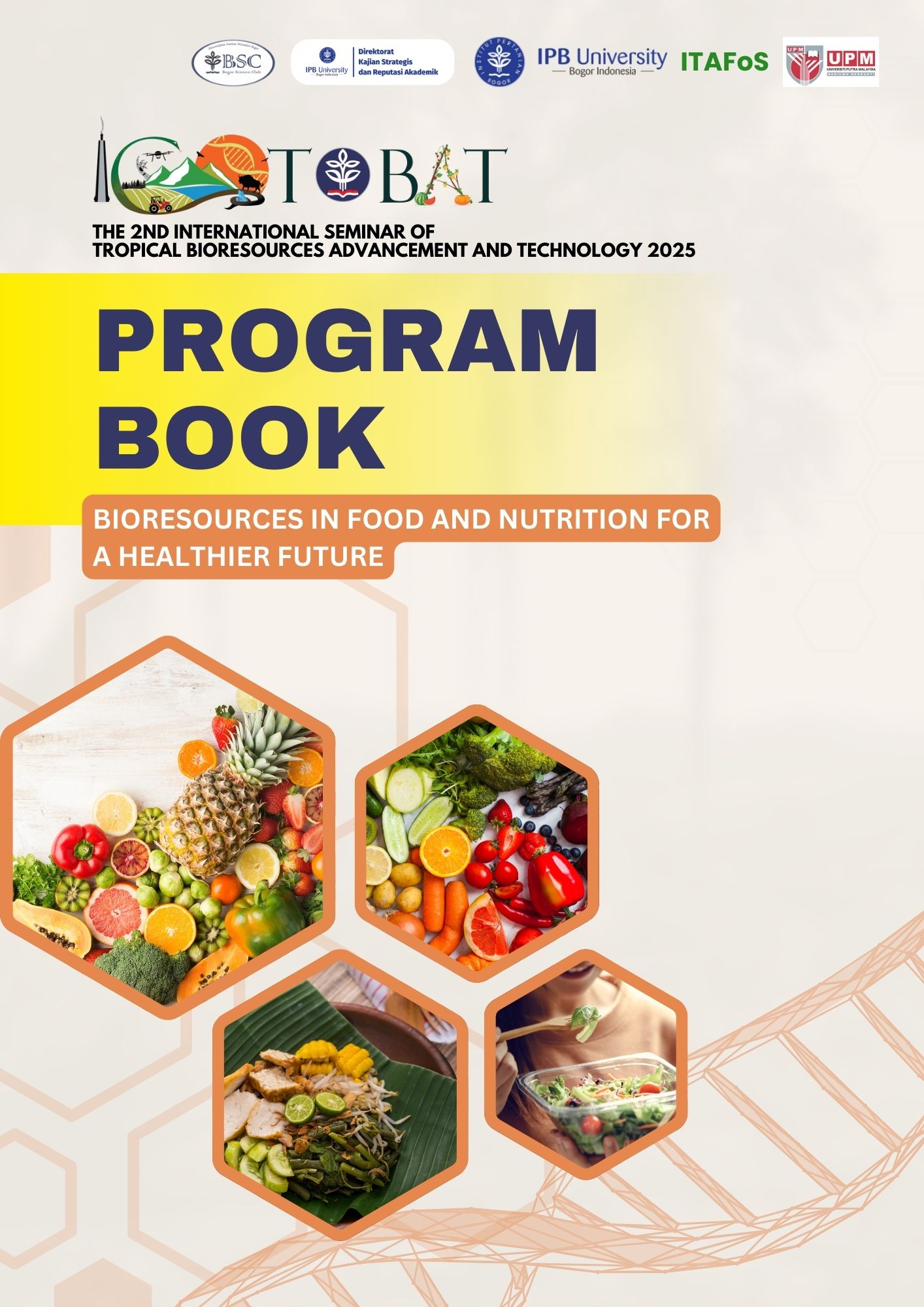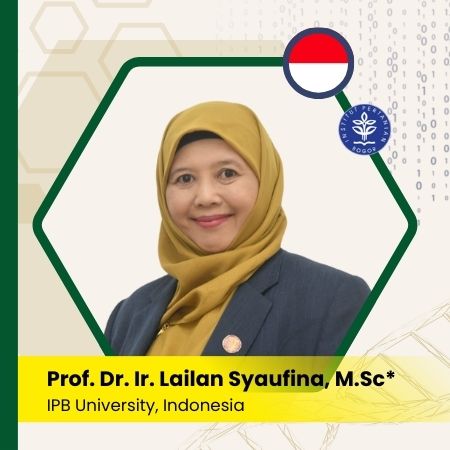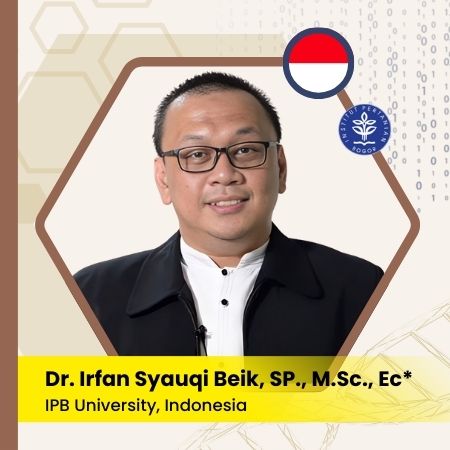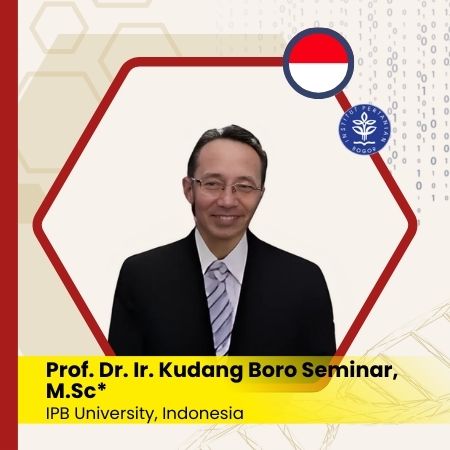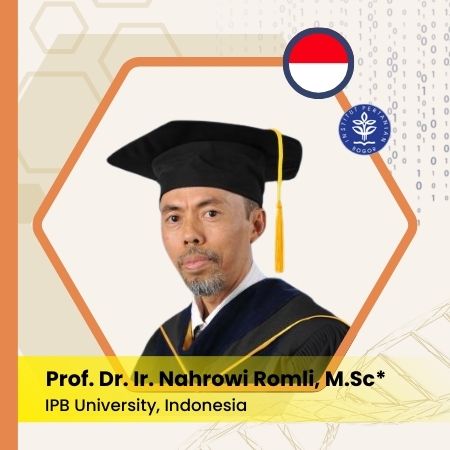Computational Study of Bioactive Compounds in Royal Jelly as Potential Inhibitors of Bcl-2 for Anticancer: A Docking and Molecular Dynamics Approach
Will be presented at Friday, 23 May 2025, 09:20 (GMT +7)
Keywords:
Royal jelly, Anticancer, Bcl-2, Molecular docking, Molecular dynamicsAbstract
Cancer is one of the deadliest diseases in the world. Royal Jelly (RJ), as one of the most valuable bee products, is not only seen as a highly beneficial functional food but also holds promising medicinal potential. Because of its biologically active components, RJ has attracted significant attention for its possible chemopreventive and protective roles in supporting human health. The Bcl-2 protein acts as an anti-apoptotic protein and is important in promoting cancer development. The role of RJ as an inhibitor of the Bcl-2 protein has never been studied. This study aims to investigate the potential of RJ as an anticancer agent through the inhibition of Bcl-2 protein, in an effort to support drug discovery. YASARA structure was used to perform Bcl-2 protein preparation, ligand structural preparation, and molecular docking. After preparation, Bcl-2 was evaluated for its quality using Ramplot. Post-docking, which helps in identifying selected inhibitor candidates, was followed by absorption, distribution, metabolism, and excretion (ADMET) profiling. Molecular dynamics (MD) with Normal Mode Analysis (NMA) techniques were used to determine the deformability and rigidity of the complex. The results of the study indicated that the preparation of the Bcl-2 protein was of good quality and suitable for molecular docking. Docking studies revealed that quercetin exhibited a binding energy of 8.129 kcal/mol, which was close to that of venetoclax (used as the control drug) at 8.658 kcal/mol. The ADMET results predicted that quercetin may have good drug-like properties, as it met the criteria for drug administration according to the ADMET study. The MD results of the Bcl-2-quercetin complex indicated good stability and slow dynamics. Based on the docking evaluation, ADMET studies, and MD simulations, it was concluded that quercetin has the potential to be developed as an anticancer candidate. Laboratory validation through in vitro and in vivo studies is needed to confirm these findings.

